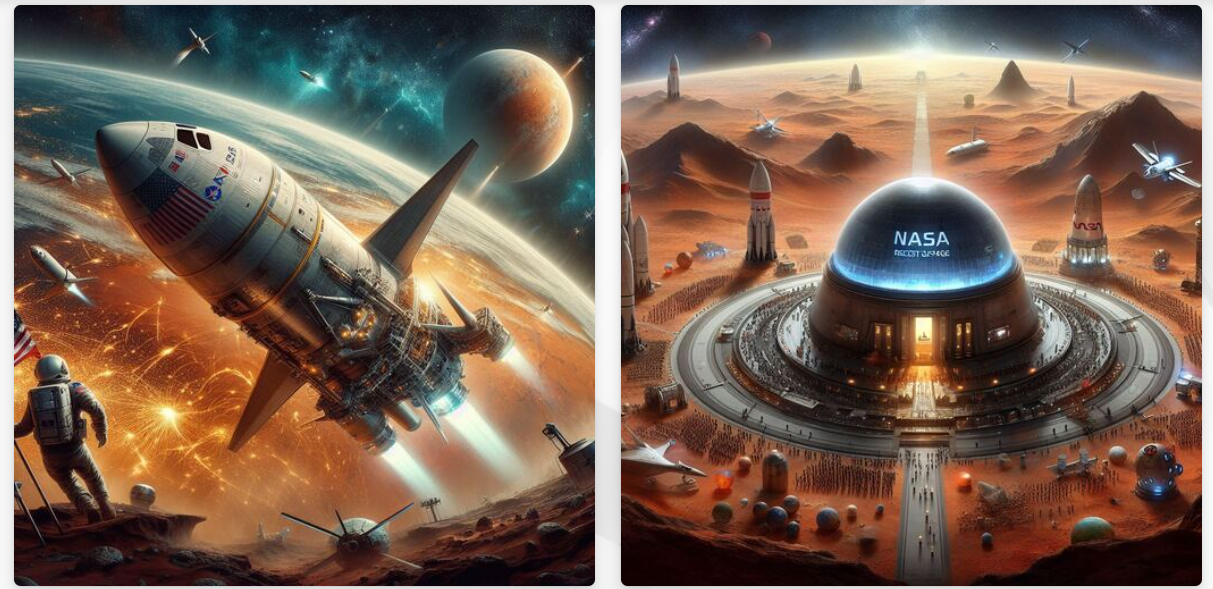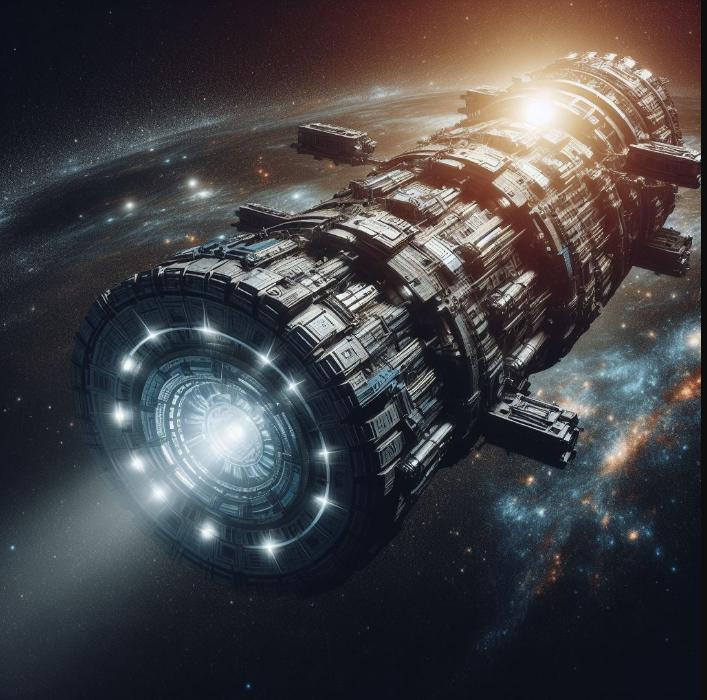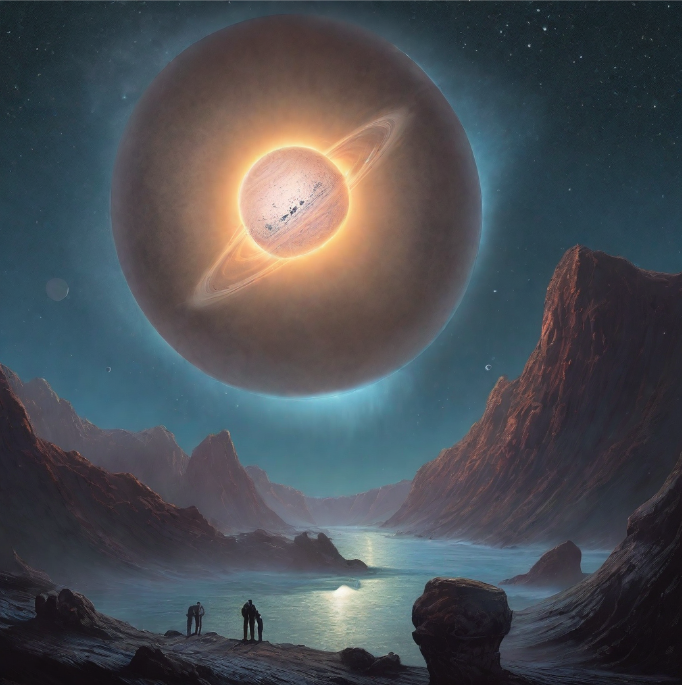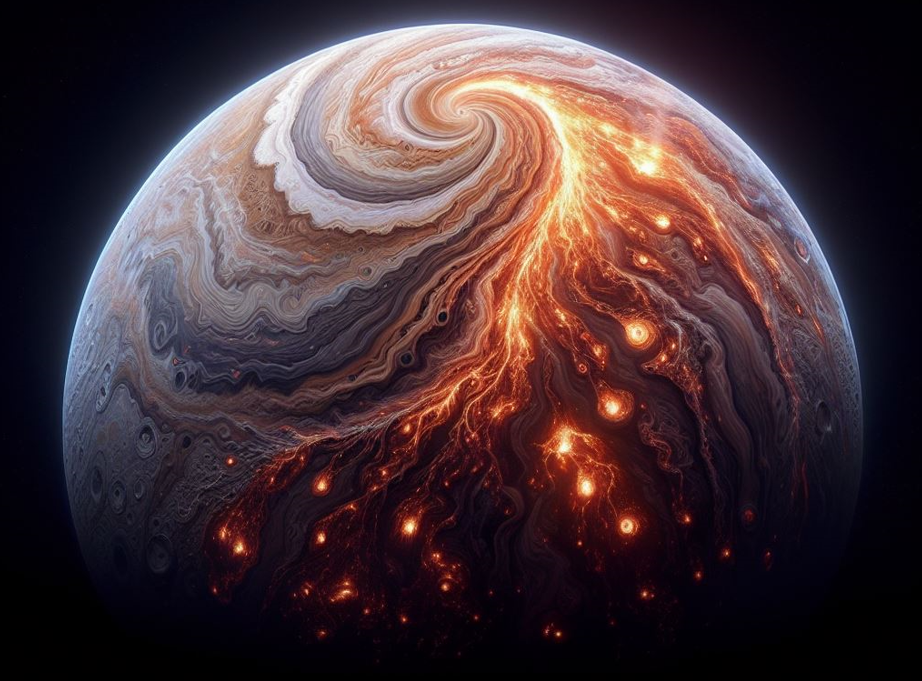Solar Panels are Tornado Generators
George Franklin says...
I should start by telling you what bonafides I have for writing this. I am a retired aerospace engineer. A literal rocket scientist if you will. I worked on MX (Peacekeeper) Space Shuttle, Hubble, Brilliant Pebbles, PACOSS, Space Station, MMU, B2, the Sultan of Brunei's half billion dollar private 747 with crystal showers, gold sinks and 100 dollar a yard coiffed silk carpets. I designed a satphone installation on prince Jeffry's 757. I did all of the design work for the structure of Mark 1V propulsion module currently flying on at least 3 spacecraft that I know of. Some of the more exciting projects I have worked on are not shareable. I am also am FAA certified glider pilot and FAI certified gold glider pilot. I fly both full scale and model sailplanes. I am Microsoft certified and ComTIA A+ certified.
SOLAR PANELS are at best about 20% EFFICIENT. They convert almost 0% of the UV light that hits them. None of the visible spectrum and only some of the IR spectrum. At the same time as they are absorbing light they are absorbing heat from the sun. This absorbed HEAT is RADIATED INTO THE adjacent ATMOSPHERE. It should be obvious what happens next. When air is warmed it rises. Even small differences in ordinary land surfaces are capable of creating powerful forces of weather like thunderstorms and tornadoes. These weather phenomena are initiated and reinforced by land features as they are blown downwind. It is all too obvious to me what will happen with the heat generated by an entire solar farm. SOLAR FARMS WILL BECOME THUNDERSTORM and TORNADO INCUBATORS and MAGNETS.
Solar panels are dark and and they emit energy to the space above them when they are not being radiated. This is known as black-body radiation. Satellites flying in space use this phenomenon to cool internal components. If they didn't do this they would fry themselves.
So solar farms not only produce more heat in summer than the original land that they were installed on, but they also produce more cooling in winter, thus exacerbating weather extremes.
So I conclude with this. THERE IS NOTHING GREEN ABOUT GREEN ENERGY except the DIRTY MONEY flowing into corrupt pockets.
There is no such thing as green energy. The science doesn't exist. The technology doesn't exist. The engineering doesn't exist. We are being pushed to save the planet with solutions that are worse than the problems.
https://imgflip.com/i/8ombgp
George Franklin says...
I should start by telling you what bonafides I have for writing this. I am a retired aerospace engineer. A literal rocket scientist if you will. I worked on MX (Peacekeeper) Space Shuttle, Hubble, Brilliant Pebbles, PACOSS, Space Station, MMU, B2, the Sultan of Brunei's half billion dollar private 747 with crystal showers, gold sinks and 100 dollar a yard coiffed silk carpets. I designed a satphone installation on prince Jeffry's 757. I did all of the design work for the structure of Mark 1V propulsion module currently flying on at least 3 spacecraft that I know of. Some of the more exciting projects I have worked on are not shareable. I am also am FAA certified glider pilot and FAI certified gold glider pilot. I fly both full scale and model sailplanes. I am Microsoft certified and ComTIA A+ certified.
SOLAR PANELS are at best about 20% EFFICIENT. They convert almost 0% of the UV light that hits them. None of the visible spectrum and only some of the IR spectrum. At the same time as they are absorbing light they are absorbing heat from the sun. This absorbed HEAT is RADIATED INTO THE adjacent ATMOSPHERE. It should be obvious what happens next. When air is warmed it rises. Even small differences in ordinary land surfaces are capable of creating powerful forces of weather like thunderstorms and tornadoes. These weather phenomena are initiated and reinforced by land features as they are blown downwind. It is all too obvious to me what will happen with the heat generated by an entire solar farm. SOLAR FARMS WILL BECOME THUNDERSTORM and TORNADO INCUBATORS and MAGNETS.
Solar panels are dark and and they emit energy to the space above them when they are not being radiated. This is known as black-body radiation. Satellites flying in space use this phenomenon to cool internal components. If they didn't do this they would fry themselves.
So solar farms not only produce more heat in summer than the original land that they were installed on, but they also produce more cooling in winter, thus exacerbating weather extremes.
So I conclude with this. THERE IS NOTHING GREEN ABOUT GREEN ENERGY except the DIRTY MONEY flowing into corrupt pockets.
There is no such thing as green energy. The science doesn't exist. The technology doesn't exist. The engineering doesn't exist. We are being pushed to save the planet with solutions that are worse than the problems.
https://imgflip.com/i/8ombgp
Solar Panels are Tornado Generators
George Franklin says...
I should start by telling you what bonafides I have for writing this. I am a retired aerospace engineer. A literal rocket scientist if you will. I worked on MX (Peacekeeper) Space Shuttle, Hubble, Brilliant Pebbles, PACOSS, Space Station, MMU, B2, the Sultan of Brunei's half billion dollar private 747 with crystal showers, gold sinks and 100 dollar a yard coiffed silk carpets. I designed a satphone installation on prince Jeffry's 757. I did all of the design work for the structure of Mark 1V propulsion module currently flying on at least 3 spacecraft that I know of. Some of the more exciting projects I have worked on are not shareable. I am also am FAA certified glider pilot and FAI certified gold glider pilot. I fly both full scale and model sailplanes. I am Microsoft certified and ComTIA A+ certified.
SOLAR PANELS are at best about 20% EFFICIENT. They convert almost 0% of the UV light that hits them. None of the visible spectrum and only some of the IR spectrum. At the same time as they are absorbing light they are absorbing heat from the sun. This absorbed HEAT is RADIATED INTO THE adjacent ATMOSPHERE. It should be obvious what happens next. When air is warmed it rises. Even small differences in ordinary land surfaces are capable of creating powerful forces of weather like thunderstorms and tornadoes. These weather phenomena are initiated and reinforced by land features as they are blown downwind. It is all too obvious to me what will happen with the heat generated by an entire solar farm. SOLAR FARMS WILL BECOME THUNDERSTORM and TORNADO INCUBATORS and MAGNETS.
Solar panels are dark and and they emit energy to the space above them when they are not being radiated. This is known as black-body radiation. Satellites flying in space use this phenomenon to cool internal components. If they didn't do this they would fry themselves.
So solar farms not only produce more heat in summer than the original land that they were installed on, but they also produce more cooling in winter, thus exacerbating weather extremes.
So I conclude with this. THERE IS NOTHING GREEN ABOUT GREEN ENERGY except the DIRTY MONEY flowing into corrupt pockets.
There is no such thing as green energy. The science doesn't exist. The technology doesn't exist. The engineering doesn't exist. We are being pushed to save the planet with solutions that are worse than the problems.
https://imgflip.com/i/8ombgp











